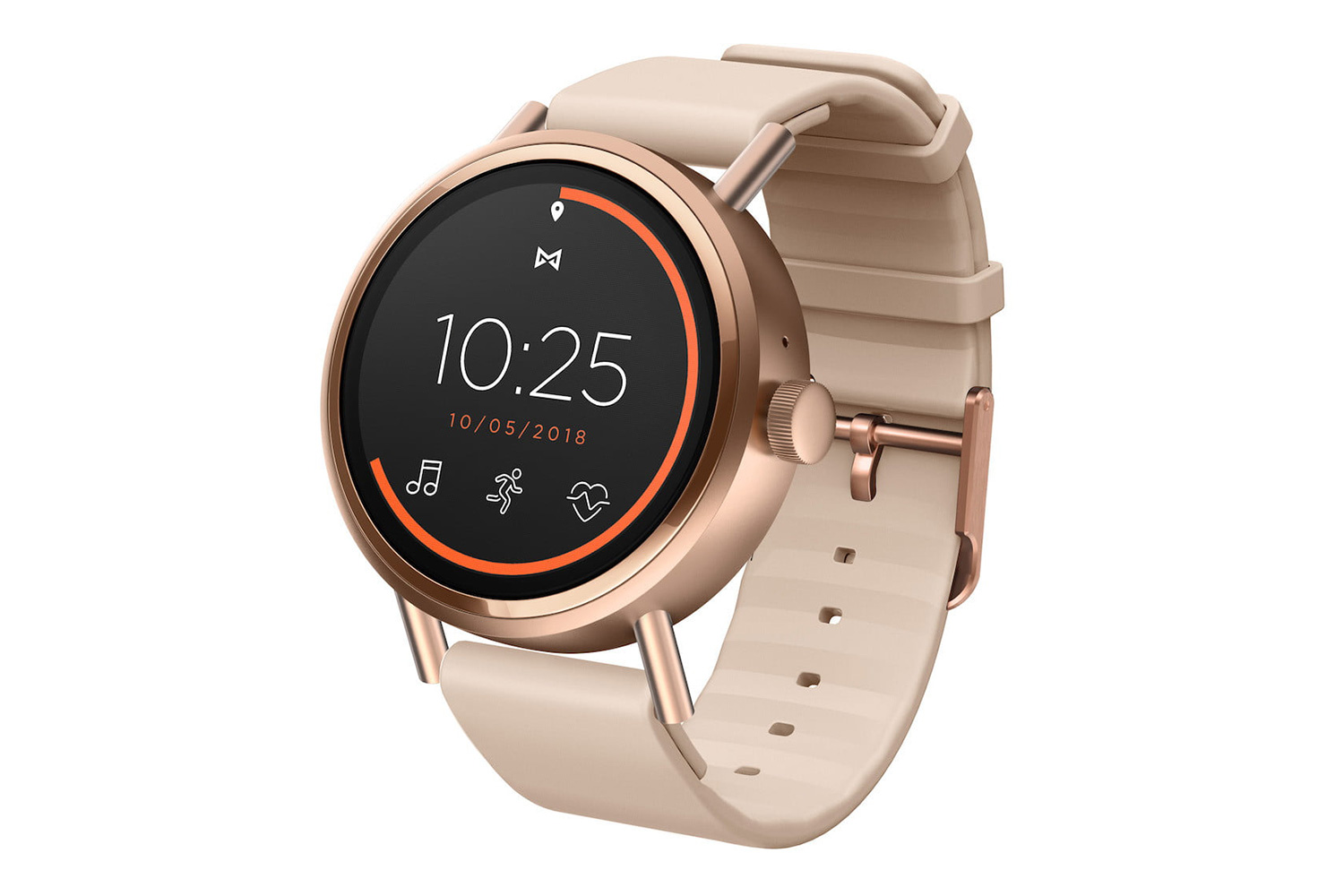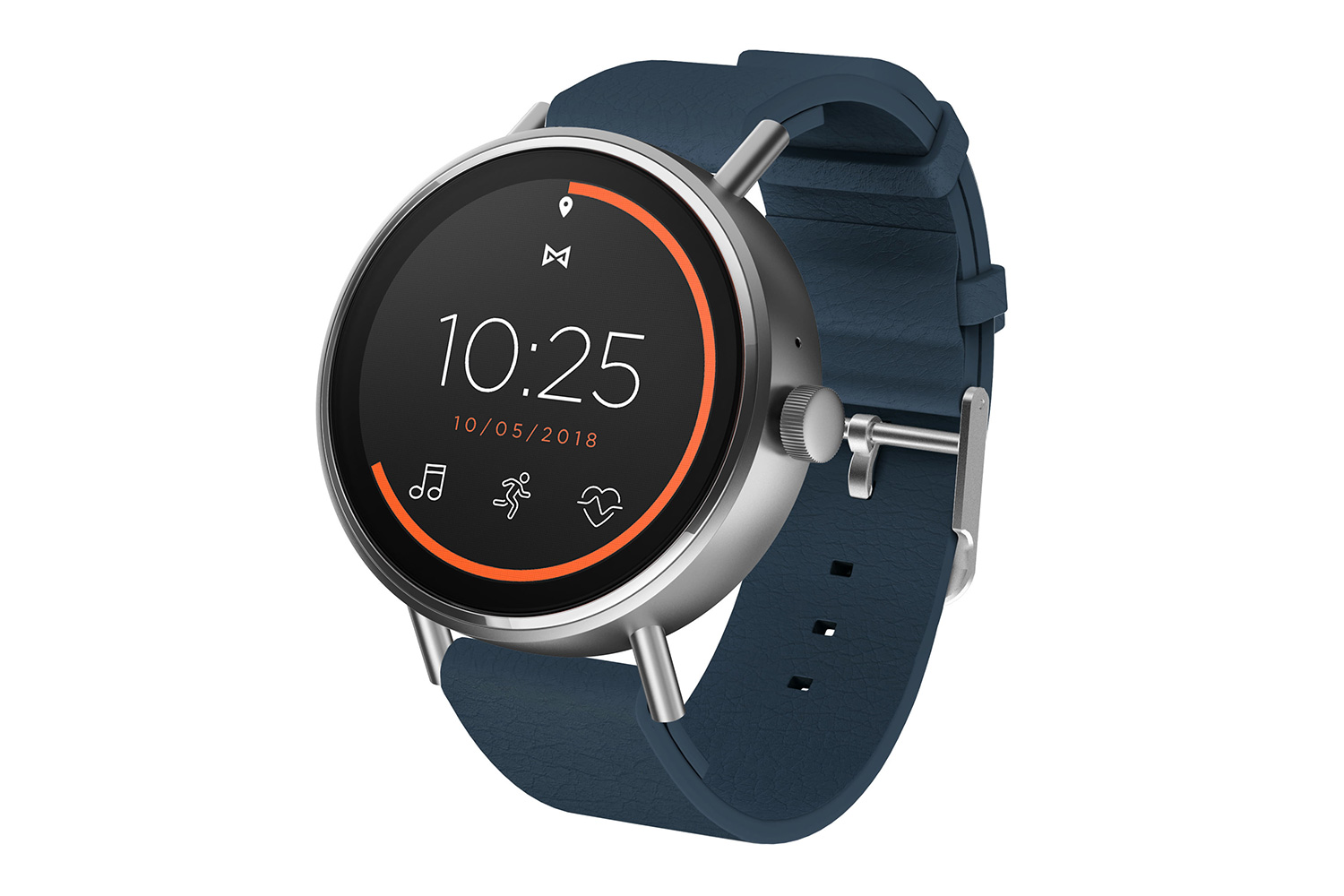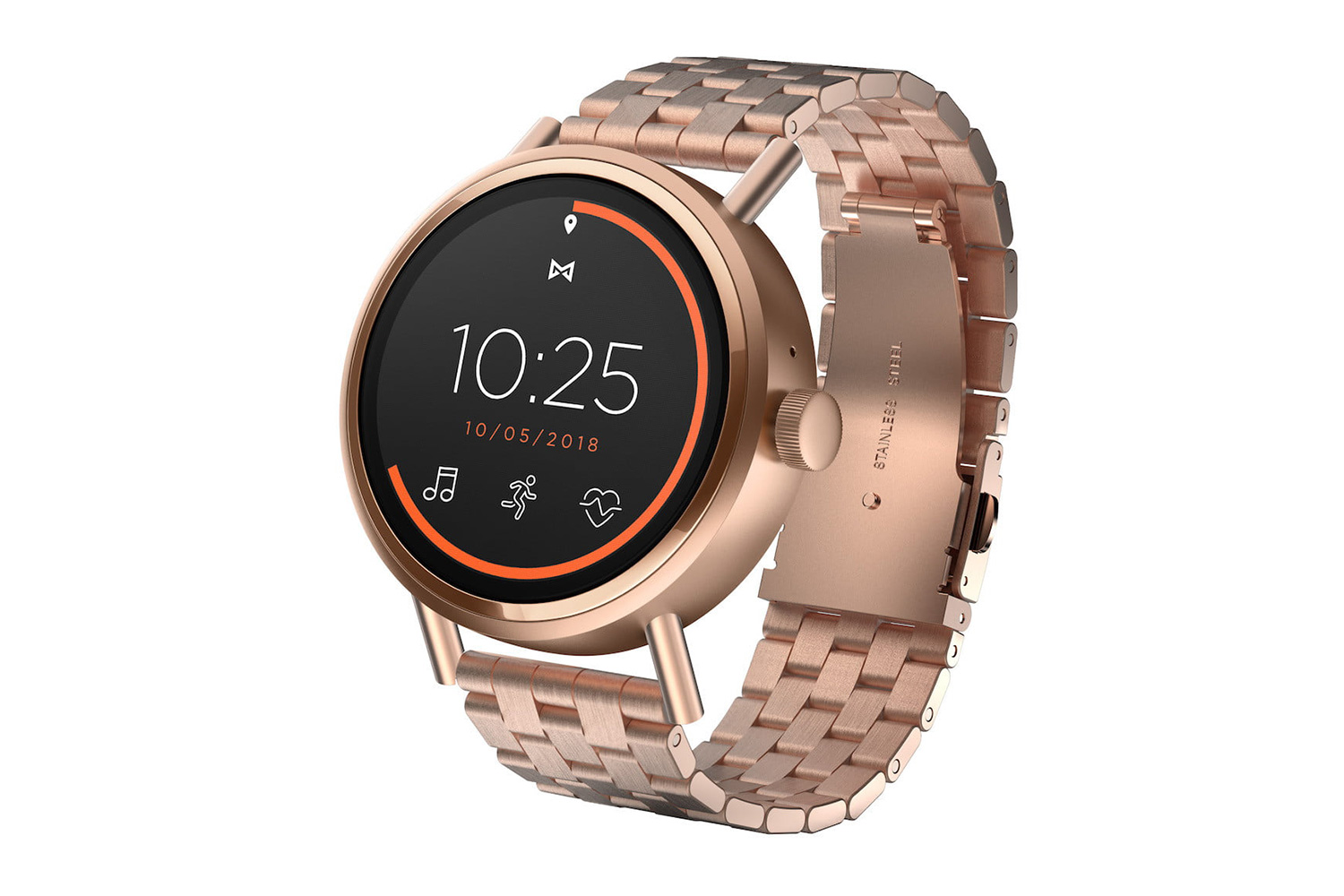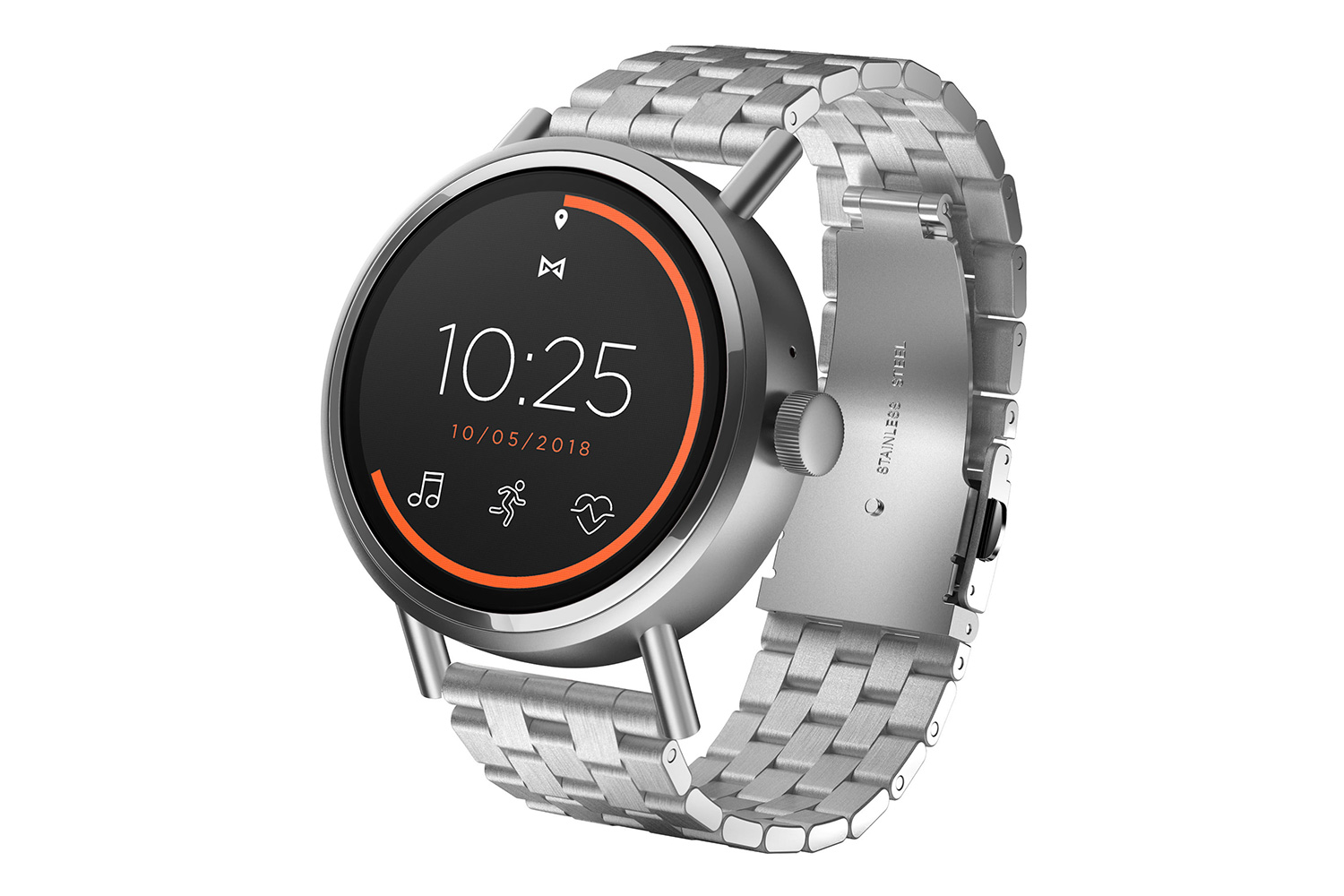
Last year, Misfit released its first touchscreen smartwatch called the Misfit Vapor running Google’s WearOS. The smartwatch particularly stood out because it not only offered heart rate tracking but has an affordable $200 price tag. As a follow-up to the smartwatch, Misfit’s next-generation version, the Misfit Vapor 2 is now available.
This time around, the smartwatch comes with a few new features. In addition to heart rate tracking, the Vapor 2 comes packed with built-in GPS, NFC support (available in select countries), and runs Google’s latest version of Wear OS out of the box. To accommodate wrists big and small, the Vapor 2 also comes in two different size options.
Here’s everything you need to know.
Price and availability
The Misfit Vapor 2 is now available for purchase from Misfit’s site. The price varies depending on which model you want to buy; both the 41mm case and 46 mm case sizes with sport straps will cost you $250. Meanwhile, the stainless steel options for both sizes will cost you $270. While the rose-gold and silver options are available, the all-black stainless steel color variant is coming soon.
Design and display
In our review of the Misfit Vapor, we liked that it had a comfortable and minimal look to it that looked sleek on the wrist. The Vapor 2 is no different — its satin-finished stainless steel case comes complete with a round 1.2-inch AMOLED touchscreen display (with 328 ppi). This time around, you have the option to choose between a 41mm or 46mm case, unlike the Vapor which only comes in a 44mm case.
The Vapor 2 is available in eight different colorways. For the 41mm size, there’s the black case with a black sport strap, rose tone case with a rose beige sport strap, and rose tone case with an indigo silicone leather strap. The 46mm is available in a black case with a black sport strap or walnut silicone leather strap, and stainless steel case with an indigo silicone leather strap. Both sizes are also offered in a stainless steel case with a stainless steel bracelet, a rose-tone case with a rose tone stainless steel bracelet, and black case with a black stainless steel bracelet. The watch straps on the Vapor 2 are also interchangeable, allowing you to customize the smartwatch even further.
Specs
Under the hood, the smartwatch features Qualcomm’s Snapdragon 2100 platform. Seeing as how Qualcomm recently unveiled its new Wear 3100 chipset last month, it might be worth it to wait for a smartwatch that runs the new technology, especially since it comes packed with more capabilities. It also comes with 4GB of internal storage so you can store music to the watch.
As for the battery, the 41mm comes with a 300mAh battery while the 46mm is a bit bigger at 330mAh. Misfit says the battery should last all-day, but with built-in GPS and a heart-rate monitor, we’ll have to test it out to see it can last that long — especially after workouts.
In select countries, users will also be able to take advantage of the integrated NFC chip to make payments using only their smartwatch. The Vapor 2 is also water-resistant for up to 30 meters, and can be worn while swimming in shallow water.
Software and fitness features
While the processor isn’t up to date, the software included on Misfit’s new smartwatch is. On the Vapor 2, you will have access to the latest version of WearOS — its redesign comes along with tons of improvements in comparison to its previous user interface. Not only is it much more streamlined, but a lot easier to use since you no longer need to memorize a variety of gestures.
With the new WearOS, you will use simple swipes to get to your notifications, health metrics, shortcuts, and more. We’ve had experience with the new platform on the Fossil Q Venture HR and found there’s been a significant improvement when it comes to navigating the operation.
While the Misfit Vapor came with heart rate tracking, the Misfit 2 takes it up several notches. In addition to tracking heart rate (Misfit says the Vapor 2 includes a new and improved built-in heart rate sensor), calories burned, and steps taken with WearOS, its built-in GPS feature means you no longer be tethered to your smartphone when tracking runs or bike rides. You will also be able to pair your Bluetooth headphones with the smartwatch to play music during your workouts.
Updated October 30, 2018: The Misfit Vapor 2 is now available for purchase.
Editors' Recommendations
- 5 tablets you should buy instead of the iPad (2022)
- 2 reasons why you shouldn’t buy a Motorola phone in 2024
- Did you buy a Google Pixel 8a? These are the first 9 things you need to do
- I have the Google Pixel 8a. Here are 6 things you need to know
- The Apple Watch is the best iPhone camera accessory you didn’t know you needed






